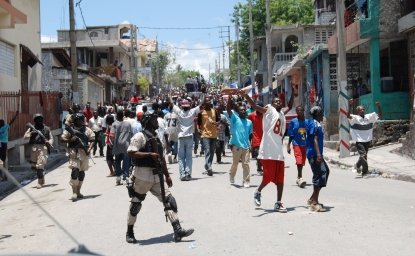Forest Plunder in Southeast Asia: An Environmental Security Nexus in Burma and Cambodia

Geographic enormity, political and economic complexity, and biological diversity help define the Asia and Pacific theater. Population pressures, ecological degradation and depletion, and the accelerated demand for water, timber, minerals, agricultural land, fisheries, and other natural resources are sending shock waves across remote stretches of the Pacific and upland frontiers of Asia. The root causes of the threats to much of Asia’s biological diversity, particularly in the region’s more unstable and authoritarian countries, can be generalized in three words: conversion, consumption and corruption. Natural resources are threatened more than ever before as a result of the process of conversion of natural resources into other forms of economic capital. Southeast Asia is experiencing an unprecedented appetite for wood, wildlife, and other natural resource products and services. Local communities are caught in the conundrum of depending on natural resources while being largely marginalized from the politics and practices, often illegal and predatory, of governments and extractive industries that profoundly impact the local resource bases.
Authors

Environmental Change and Security Program
The Environmental Change and Security Program (ECSP) explores the connections between environmental change, health, and population dynamics and their links to conflict, human insecurity, and foreign policy. Read more

Explore More
Browse Insights & Analysis
Iraq Should Consider Extending UNAMI’s Mission


